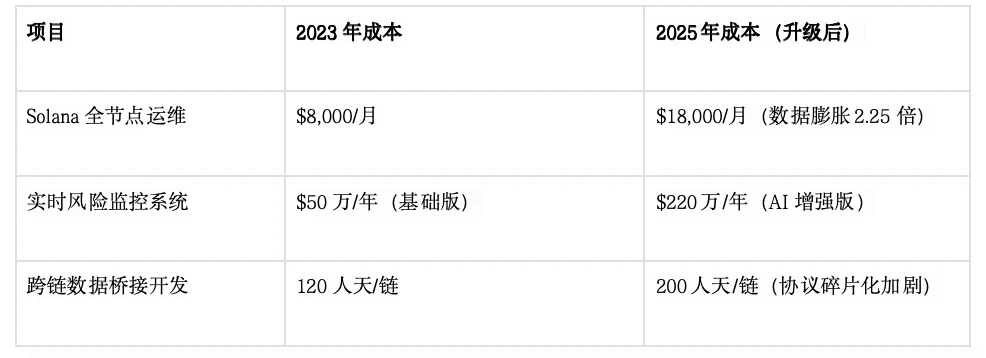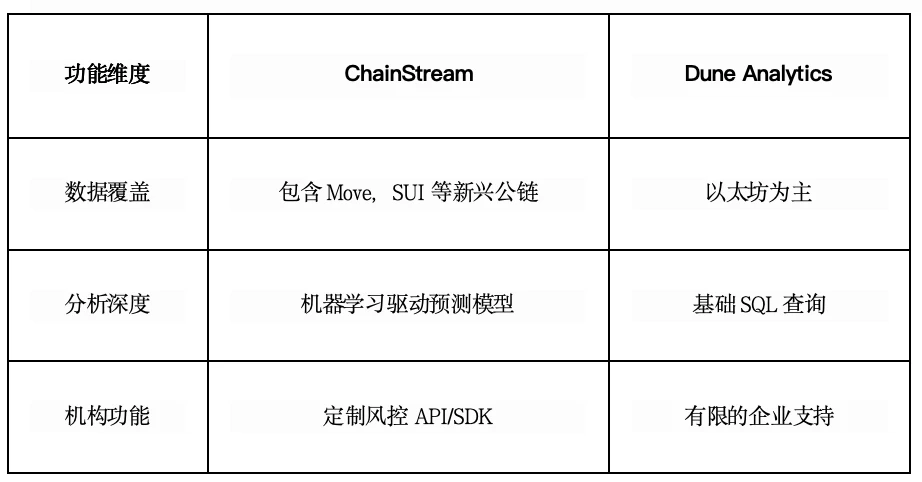A New Era of Trading with DEX
If CEX dominated the golden decade of cryptocurrency, then the decentralized exchange (DEX) ecosystem that has exploded in the past year is reshaping the trading market landscape. To date, its spot trading volume has reached 20% of centralized exchanges (CEX), with DEX spot trading volume hitting $454.1 billion in January 2025, a 40% increase compared to $323.89 billion in December 2024. Futures trading volume has exceeded 10% of CEX, with the total trading volume of DEX futures contracts surpassing $15 trillion in 2024. DEX provides users with a new trading asset, deposit and withdrawal channels, trading models, settlement, and savings tools, marking the beginning of a new financial era.
A Tower on the Marsh, a Shaky New Era
While the DEX ecosystem is advancing rapidly, the leading DEX, HyperLiquid, known as the "decentralized Binance," has suffered an on-chain attack worth hundreds of millions of dollars. An anonymous whale exploited a platform vulnerability, manipulating market prices, which led to significant losses in HyperLiquid's liquidity pool. This incident caused HyperLiquid's TVL to drop from $654 million to $273 million, a nearly 60% decline, and the HYPE price plummeted, prompting many developers to flee. In response to the crisis, HyperLiquid took emergency measures, delisting related contracts and enforcing forced liquidations. This "pulling the plug" operation raised questions about decentralized governance. The event revealed the vulnerabilities of decentralized trading platforms in risk control and governance, raising concerns about their future development.
Rather than saying that the reliance on on-chain oracles instantly collapsed HyperLiquid's liquidity pool, it is more accurate to say that the fragile infrastructure could not support such a large commercial giant. Unlike the closed systems and risk management models of CEX, various open-source protocols and public chains with zero-entry barriers provide a fertile ground for the rapid growth of DEX. It is this ease of development, or replicability, that has facilitated the DEX boom in a short time. However, this has led to an overload of on-chain applications while the infrastructure is severely lacking. General infrastructure and various protocols represent homogenization and shared risks; a vulnerability in one protocol can instantly affect hundreds of DEXs, resulting in losses of billions of dollars. If the tower is built on a marsh, the higher it is built, the more dangerous it becomes. When will the precarious building above users' heads collapse?
Infrastructure: Mining the Rich Veins of Scalable Web3 Applications
The success of the DEX model lies in innovation, and this consensus requires a solid foundation to match it; infrastructure is such a key.
Currently, the global competition for Web3 infrastructure has entered deep waters. The evolution of infrastructure is changing the economic model of Web3. From gas fee optimization to cross-chain interoperability, from data availability to settlement certainty, each technological breakthrough is redefining the way value is captured. This indicates that the industry is about to enter a new round of survival of the fittest, and this competition is essentially a struggle for the standard-setting power of the next generation of the internet.
To fully mine the new gold mine of the DEX era, the construction of infrastructure needs to face the current industry situation: the continuous development of high-performance, high-TPS public chains, the real-time requirements of on-chain trading derivatives, and the exponential growth in market demand for high-performance underlying architecture, while high-performance big data is bringing a cost crisis for developers.
1. Public Chain Performance Revolution Drives Data Explosion
- TPS Leap:
- Solana 50,000+ TPS
- Aptos achieves 200,000 TPS (through the parallel execution framework Block-STM)
- Data Volume Surge:
- Solana's daily on-chain data ranges from hundreds of GB to 1TB
- Modular blockchains (like Celestia) submit over 40 billion rollup data entries daily
- Derivatives Dominate:
- Perpetual contracts account for 78% of total market trading volume (Bybit Q1 2025 data)
- High-frequency market makers require ≤100ms on-chain price feedback
2. Developer Cost Crisis
• Cost comparison of building a real-time data system:

Cryptoflow: Building the Next-Generation Web3 Infrastructure Stack
Based on the above situation, one of the core aspects of this round of infrastructure upgrades is data. Globally, data giants like Dune and Chainalysis, with market capitalizations in the billions, are continuously upgrading to meet the demands of public chains and applications. Focusing on the emerging Hong Kong market, we can see that Jimi Technology (Cryptoflow) is also taking on the same responsibility with its core data layer ChainStream.
ChainStream is redefining the paradigm of on-chain data analysis. With years of experience in operating big data centers and relying on self-developed AI algorithms and distributed computing architecture, it provides real-time on-chain data queries, intelligent data analysis, and market data monitoring services for global Web3.0 users and practitioners, effectively reducing information asymmetry in digital asset investment decisions.
1. Data Solutions and Technical Barriers
- Stream Processing Layer:
- Sub-millisecond Sharding: Time slice granularity compressed from 10ms to 0.5ms, supporting flash orders for derivatives
- Hybrid Computing: FPGA hardware acceleration modules handle 80% of regular events (reducing CPU load costs by 40%)
- Standardization Layer:
- New Move VM 2.0 (Aptos mainnet) and FuelVM full instruction set parsing
- Developer migration to new chains reduced to 4 hours (through AI-generated adaptation templates)
In addition to performance improvements and coverage of mainstream markets, ChainStream maintains openness, values data support for emerging public chains, focuses on blockchain projects, and targets communities and developers, providing high-quality and in-depth data services for various ecological applications.

2. Blockchain and AI Infrastructure
In addition to data services, Cryptoflow provides professional digital financial solutions for various institutions, enterprises, and users in the crypto field through its self-developed blockchain and AI infrastructure, exploring and accompanying the growth of emerging products and technologies.
Application Layer: By building its own application chain, it supports and nurtures various blockchain applications such as browsers, wallets, DeFi protocols, NFTs, and GameFi, incentivizing emerging teams to innovate and jointly expand and revolutionize the Hong Kong blockchain ecosystem;
Asset Layer: Through its self-developed RWA underlying protocol and 404 protocol, combined with years of traditional financial experience, it completes the mapping of off-chain assets to on-chain assets, streamlining the entire process of blockchain asset issuance, upgrading, transfer, cross-chain, and trading;
Compared to Silicon Valley's first-mover advantage in technological innovation and Singapore's flexible policies in regulatory sandboxes, the uniqueness of the Hong Kong case lies in its proof that regulatory compliance and technological innovation can mutually promote each other. While other regions are still debating "whether regulation stifles innovation," Hong Kong has already cultivated compliant native enterprises like Cryptoflow through a clear licensing system. This "regulatory-first" approach may become a reference template for more financial centers developing Web3.
As a pioneer in the Hong Kong Web3.0 field, Cryptoflow drives dual engines of technological innovation and scenario implementation: on one hand, it relies on the resource advantages of big data centers to provide stable and reliable computing power support for two core infrastructure platforms; on the other hand, it actively builds strategic partnerships with local regulatory agencies and industry partners, deeply cultivating infrastructure construction in the rapidly growing local and global markets.
免责声明:本文章仅代表作者个人观点,不代表本平台的立场和观点。本文章仅供信息分享,不构成对任何人的任何投资建议。用户与作者之间的任何争议,与本平台无关。如网页中刊载的文章或图片涉及侵权,请提供相关的权利证明和身份证明发送邮件到support@aicoin.com,本平台相关工作人员将会进行核查。




